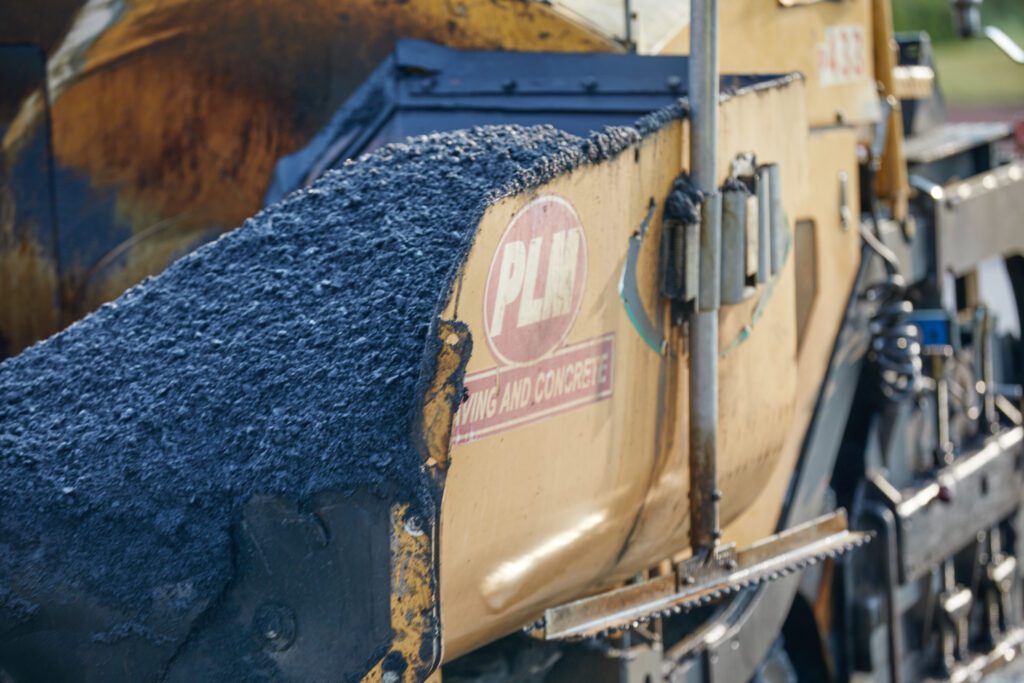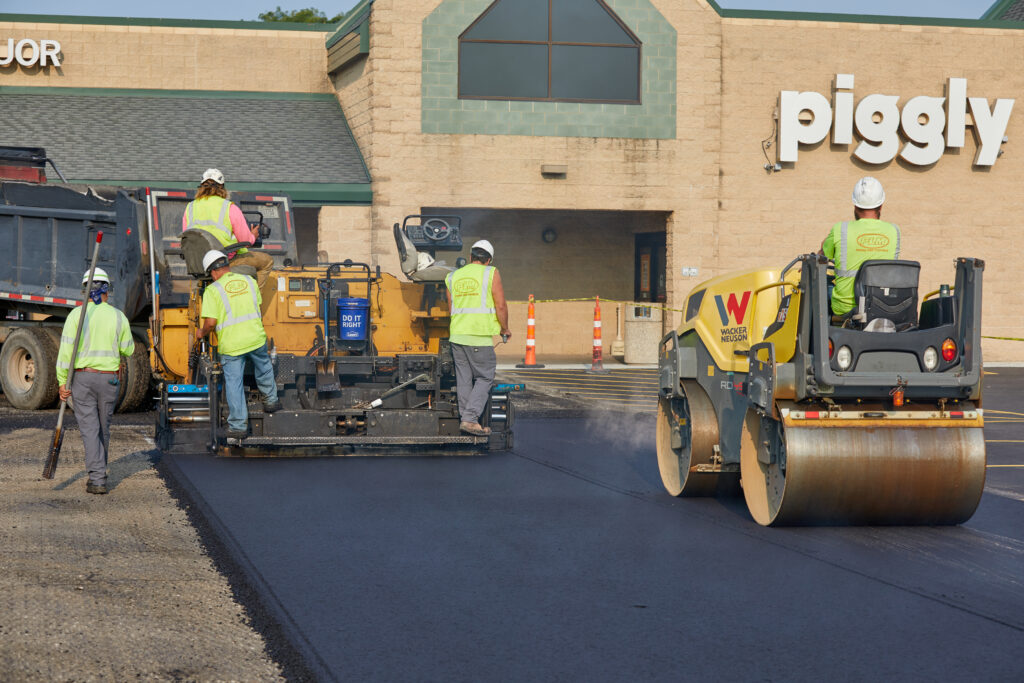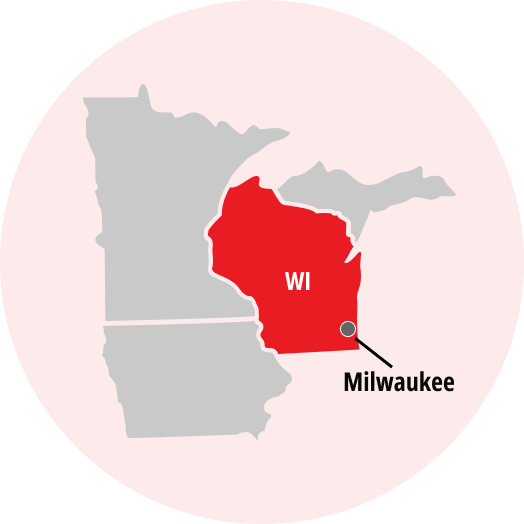Asphalt Paving Contractor in Milwaukee, Wisconsin


Find the Right Solution
Paving a new asphalt surface is a big undertaking. You need a company you can trust to do the job right. PLM Paving & Concrete is the leader in asphalt paving in southeast Wisconsin, delivering the solutions you need to enhance performance and satisfaction for years to come.
Asphalt Paving Types
Overlay & Resurfacing
Expansion & New Paving
Enlarge your existing asphalt pavement or install a brand-new one with our expansion and new paving services.
Reclamation & Repaving
Why an Area Might Need Repaving
- You want to enhance the aesthetics of your pavement
- You want to fix drainage issues once and for all
- You want to make your property more valuable to potential buyers
- You want to maintain a safe and secure environment
The Asphalt Paving Process at a Glance
We install catch basins to create a functioning drainage system that will prolong the lifespan of your new pavement.
We apply markings, install signs, and implement other final touches.
What Causes Asphalt Deterioration?
The subgrade consists of the soil and aggregates beneath a pavement’s surface. If the subgrade is thick and strong, the pavement will remain in good condition. If the subgrade is thin and weak, the pavement will form cracks, potholes, and sustain other damage.
Asphalt deterioration can be caused by the following factors:
- Concerns about weight and the load-bearing capacity of traffic
- Inadequate water drainage systems
- Oil and gas stains
- Poor routine maintenance
- Sudden weather fluctuations

How to Ensure Asphalt Longevity
Our Service Areas
Wisconsin’s Premier Paving & Concrete Provider
Our Office:
-
Duplainville Road
Pewaukee, WI 53072



